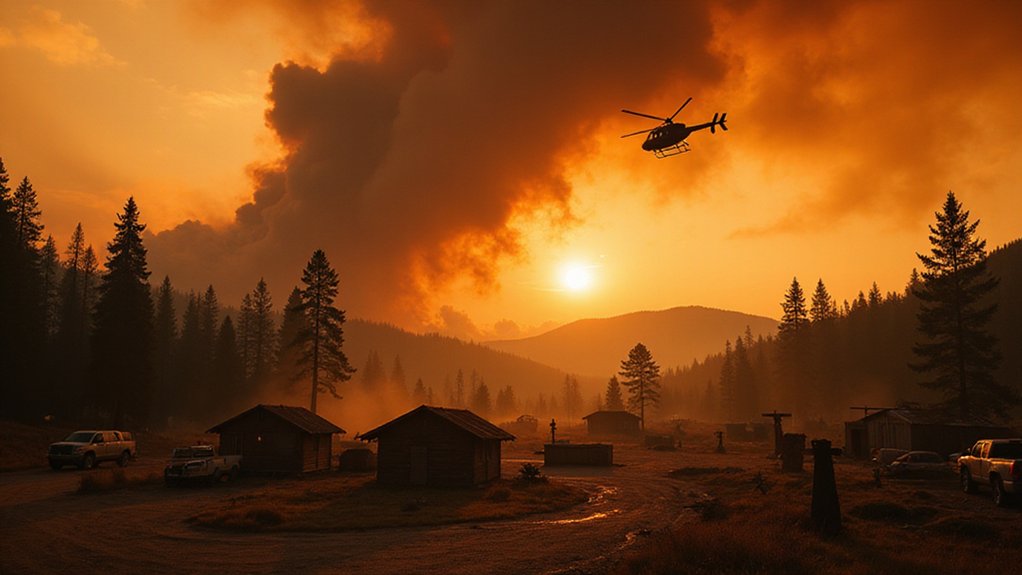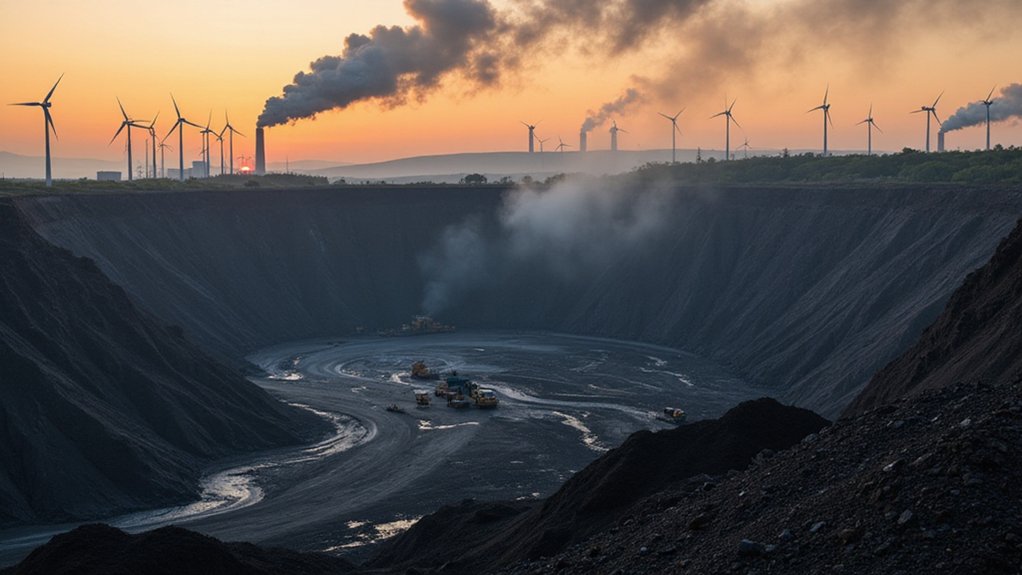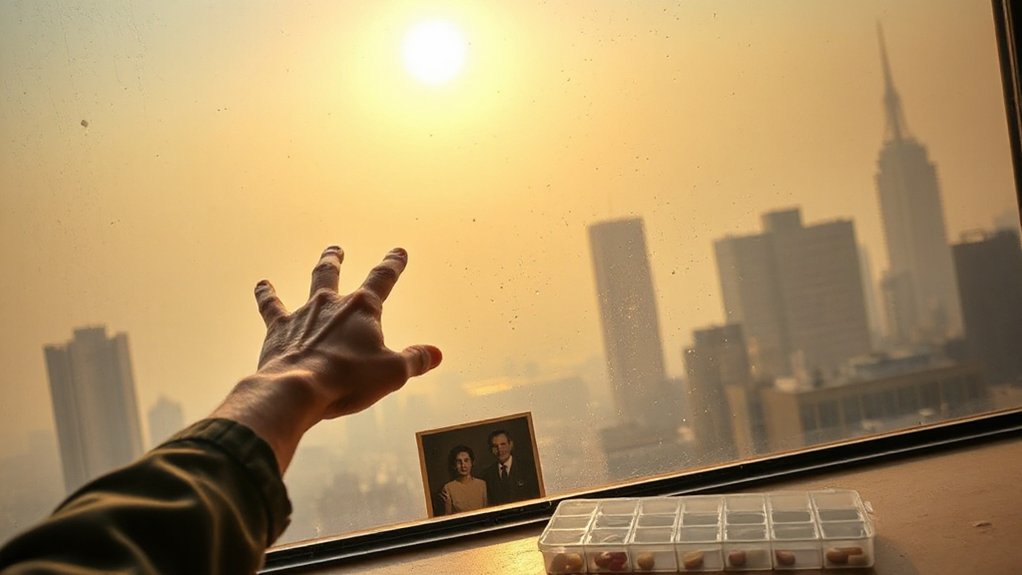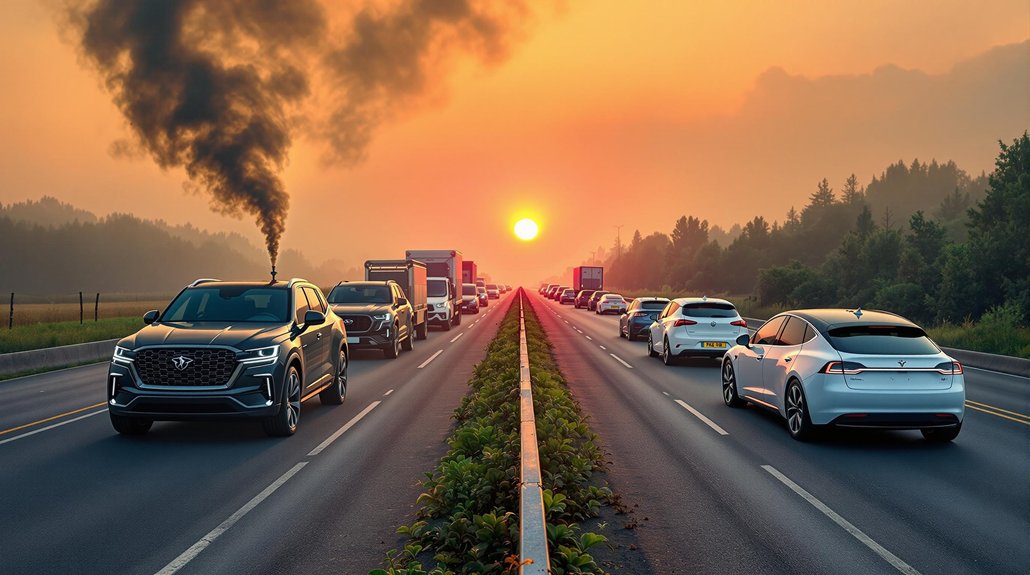Half the people fleeing Canada’s worst wildfire season on record are Indigenous. That’s over 20,000 people from First Nations communities watching their ancestral lands burn while they pack whatever fits in a duffel bag. The math is brutal: Indigenous folks make up 5% of Canada’s population but account for more than 50% of wildfire evacuees.
The numbers tell a story nobody wants to hear. Nearly 34 tribes scattered across almost every province are dealing with flames, smoke, and the reality that their homes might not exist tomorrow. We’re talking 9.6 million acres torched so far – that’s 150 times bigger than those LA fires everyone couldn’t stop posting about. Manitoba, Saskatchewan, and Alberta are getting hammered the hardest, with 121 fires still raging out of control.
Remote locations make everything worse. No roads mean military helicopters become the only ticket out. The Canadian Armed Forces evacuated communities like Pimicikamak and Sandy Lake because, surprise, isolation that once protected these communities now traps them. Power grids fail. Cell towers go dark. Water becomes questionable. The infrastructure these communities always lacked suddenly matters when survival’s on the line. Tour buses and ferries join the evacuation fleet, stretching resources across multiple transportation systems just to get people to safety.
Climate change isn’t some future threat anymore – it’s here, burning through traditional territories at unprecedented speed. Spring temperatures soared 2.5°C above average, creating tinderbox conditions that turned forests into fuel. Every province burning simultaneously? That’s new. Officials keep saying words like “unprecedented” and “historic” while Indigenous leaders who’ve been warning about this for years probably want to scream.
The trauma runs deeper than statistics. Forced relocations sever connections to lands their families have lived on for millennia. Traditional hunting, fishing, and trapping – gone. Schools, clinics, homes – ash. The Canadian Red Cross and provincial governments scramble to coordinate responses while smoke plumes drift all the way to Europe, because apparently Canada’s exporting air pollution now too.
Communities face this nightmare annually, watching their world burn while bureaucrats debate adaptation strategies. Each evacuation chips away at cultural practices tied to specific places. They can’t just relocate traditions like suburban families moving to better school districts. This is about survival – cultural, physical, spiritual – in a country that’s literally on fire.
References
- https://grist.org/global-indigenous-affairs-desk/canadas-wildfire-crisis-is-displacing-first-nations-at-alarming-rates/
- https://unu.edu/inweh/collection/may-june-2025-central-canada-fires-national-challenges-warming-climate-and
- https://www.nativeamericacalling.com/tuesday-june-10-2025-first-nations-and-metis-residents-flee-dangerous-fires/
- https://www.canada.ca/en/public-safety-canada/news/2025/06/ministers-present-2025-wildfire-season-forecast.html
- https://unu.edu/inweh/news/canadas-wildfire-crisis-harsh-glimpse-new-climate-reality-cascading-impacts-beyond-its








